Cats are fascinating creatures, and their grooming habits are no exception. While many cat owners are aware of the basics—like how cats spend a significant portion of their day grooming themselves—there are several lesser-known grooming behaviors that can provide deeper insights into your feline friend’s health and well-being. Understanding these habits can enhance your bond with your cat and help you provide better care. Here are eight intriguing grooming habits that every cat enthusiast should know about.
The Importance of Grooming for Cats

Grooming is not just a way for cats to keep their fur clean; it plays a crucial role in their overall health. By grooming, cats remove dirt, debris, and loose fur, which helps prevent matting and skin issues. Additionally, grooming stimulates blood circulation and can even help regulate body temperature. This natural behavior is essential for maintaining their hygiene and comfort. It’s much like how humans brush their hair to keep it tidy and clean, but for cats, it’s even more vital because it’s linked directly to their physical health.
Cats Grooming Each Other: Social Bonding
Cats often engage in mutual grooming, a behavior known as allogrooming. This act strengthens social bonds between cats, whether they are littermates or companions. When one cat grooms another, it can signify trust and affection. This behavior is especially common in multi-cat households, where cats may groom each other to reinforce their social hierarchy and relationships. It’s akin to humans sharing a meal together; it deepens connections and creates a sense of community among them.
The Role of Whiskers in Grooming
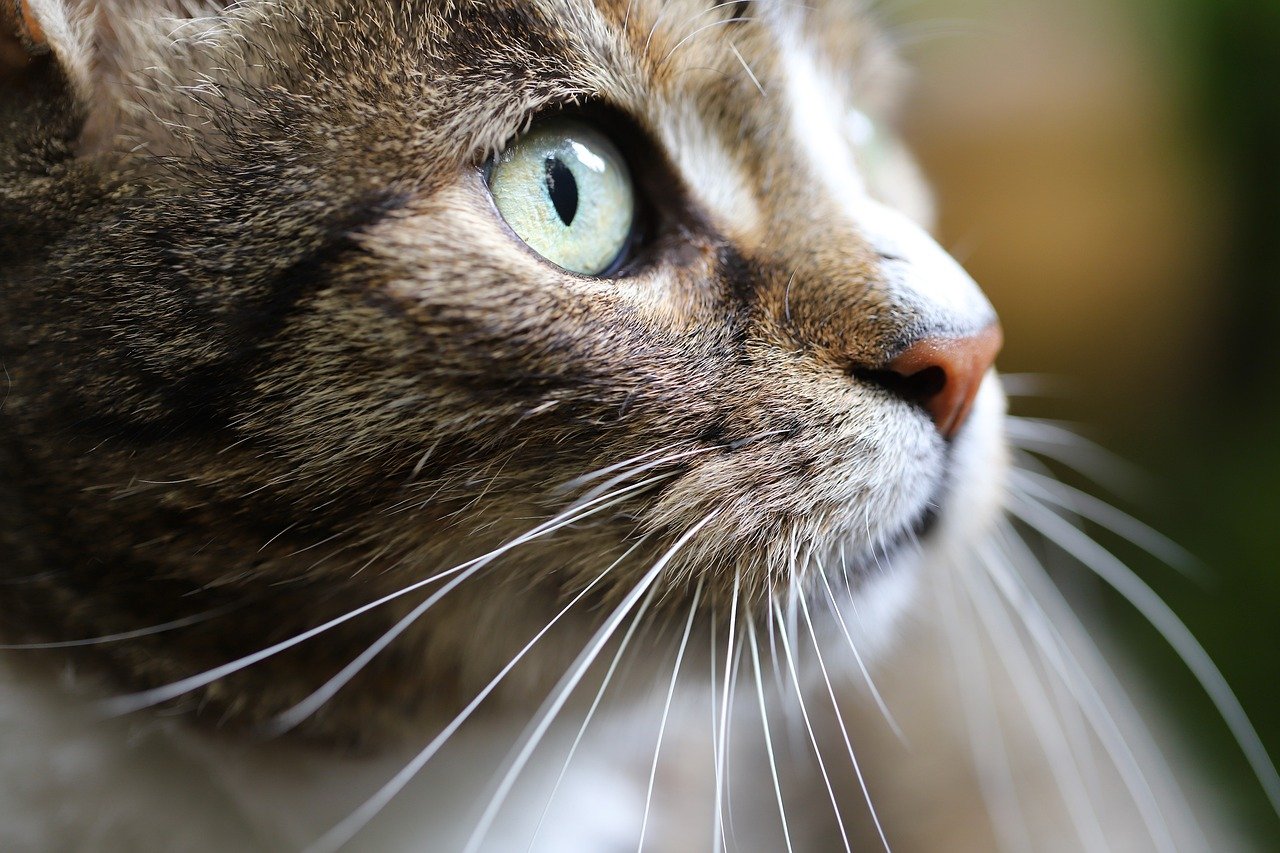
Whiskers are not just for measuring spaces; they play a significant role in grooming as well. Cats use their whiskers to navigate their environment and assess the size of objects, but they also help them gauge the effectiveness of their grooming. When a cat grooms, they can feel the texture of their fur and identify areas that need more attention, ensuring a thorough cleaning. It’s like a built-in sensor system, allowing cats to be meticulous in their grooming routine.
Grooming as a Stress Reliever
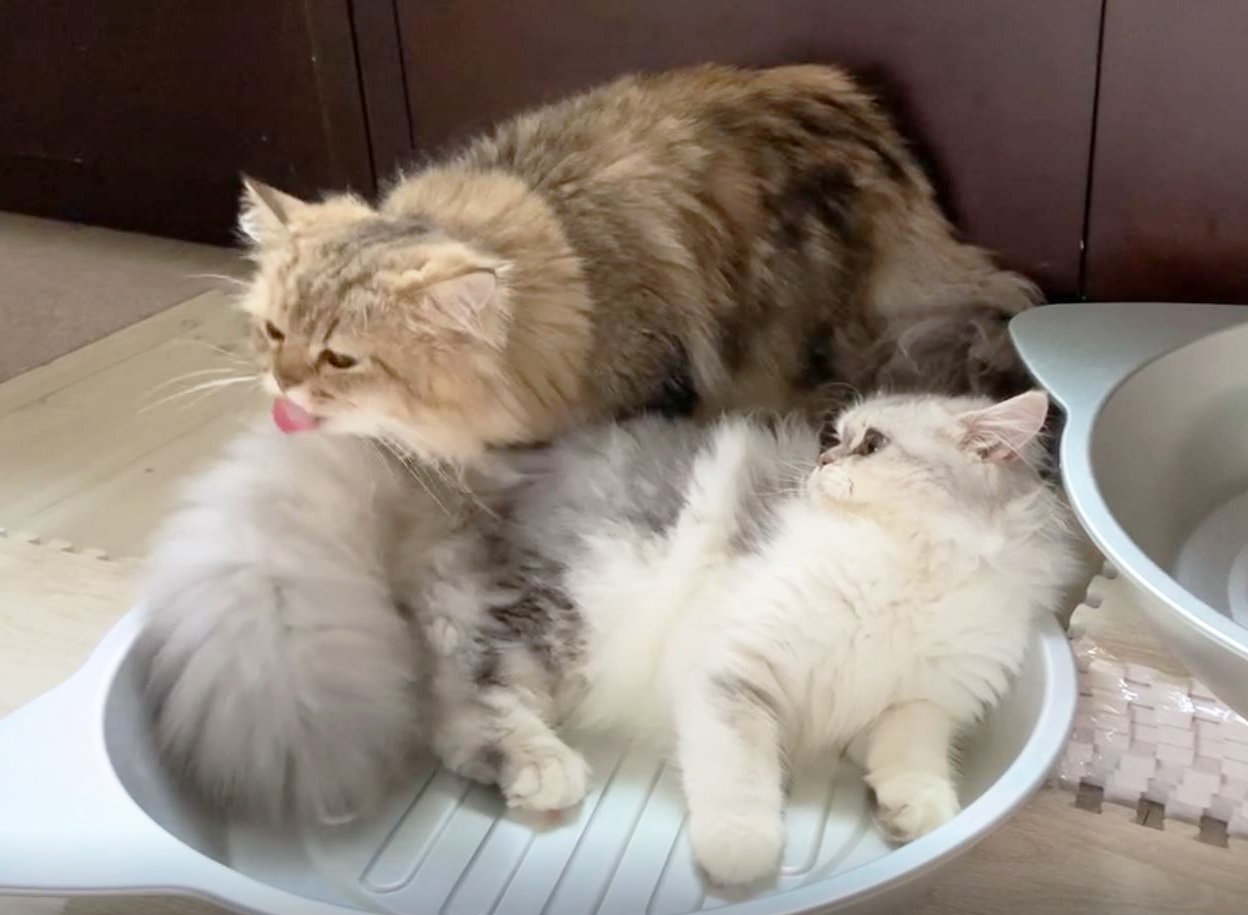
Grooming can serve as a self-soothing mechanism for cats. When they feel stressed or anxious, you may notice them grooming more frequently. This behavior releases endorphins, which can help calm them down. If your cat suddenly increases its grooming habits, it may be a sign of stress or discomfort, and it’s essential to investigate the underlying cause. Much like humans might listen to music or meditate to relax, cats groom themselves to find peace and comfort.
The Unique Grooming Technique of Cats
Cats have a unique grooming technique that involves using their rough tongues. The papillae on their tongues act like tiny combs, effectively removing loose fur and dirt. This specialized structure allows cats to groom themselves efficiently, ensuring that they can keep their coats clean and free of parasites. Understanding this technique can help cat owners appreciate the intricacies of their grooming habits. Think of it as a cat’s personal grooming tool, perfectly designed by nature.
Grooming and Health Monitoring
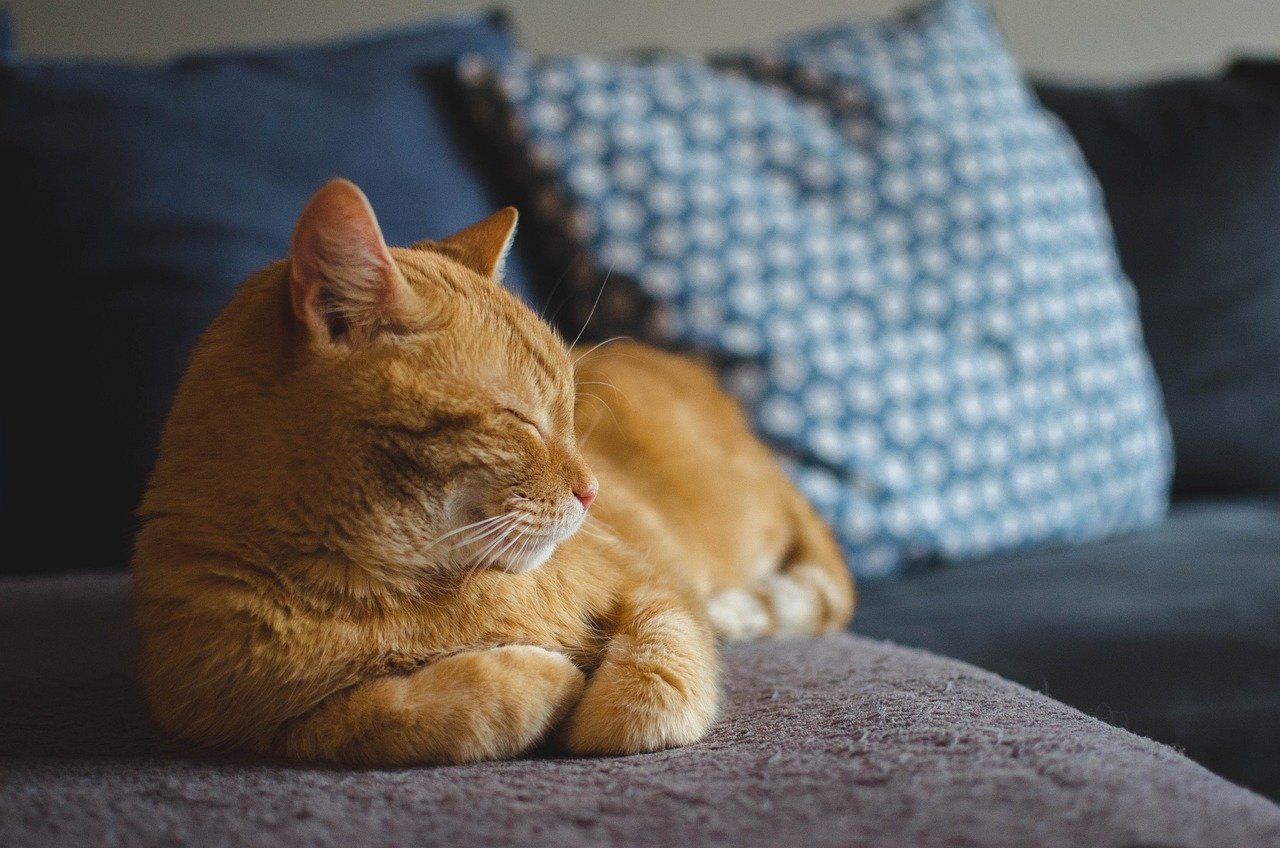
Cats are experts at hiding their discomfort, but their grooming habits can reveal a lot about their health. Changes in grooming behavior—such as excessive grooming or neglecting certain areas—can indicate underlying health issues. For example, a cat that suddenly stops grooming may be experiencing pain or discomfort, while one that over-grooms may be dealing with anxiety or skin problems. Observing these changes is like reading a mystery novel; the clues are there if you know where to look.
The Impact of Diet on Grooming
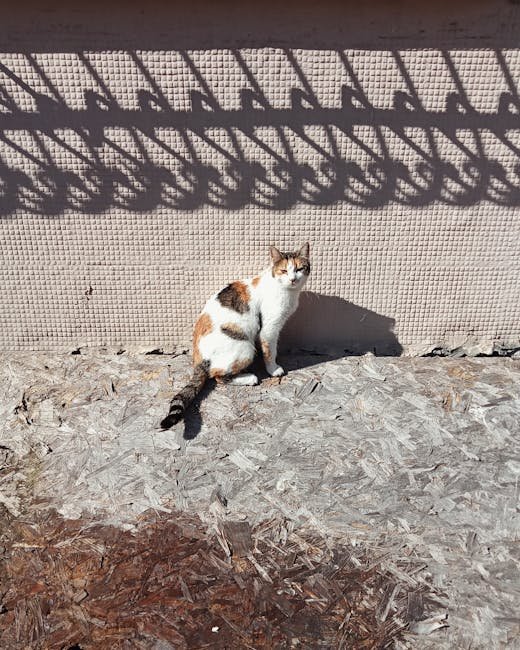
A cat’s diet can significantly affect its grooming habits and overall coat health. A balanced diet rich in essential fatty acids, vitamins, and minerals supports healthy skin and fur. If a cat is not receiving proper nutrition, it may lead to a dull coat or excessive shedding, prompting the cat to groom more often in an attempt to maintain its appearance. It’s a reminder that what goes inside affects the outside, just as with people.
Grooming Tools for Cat Owners
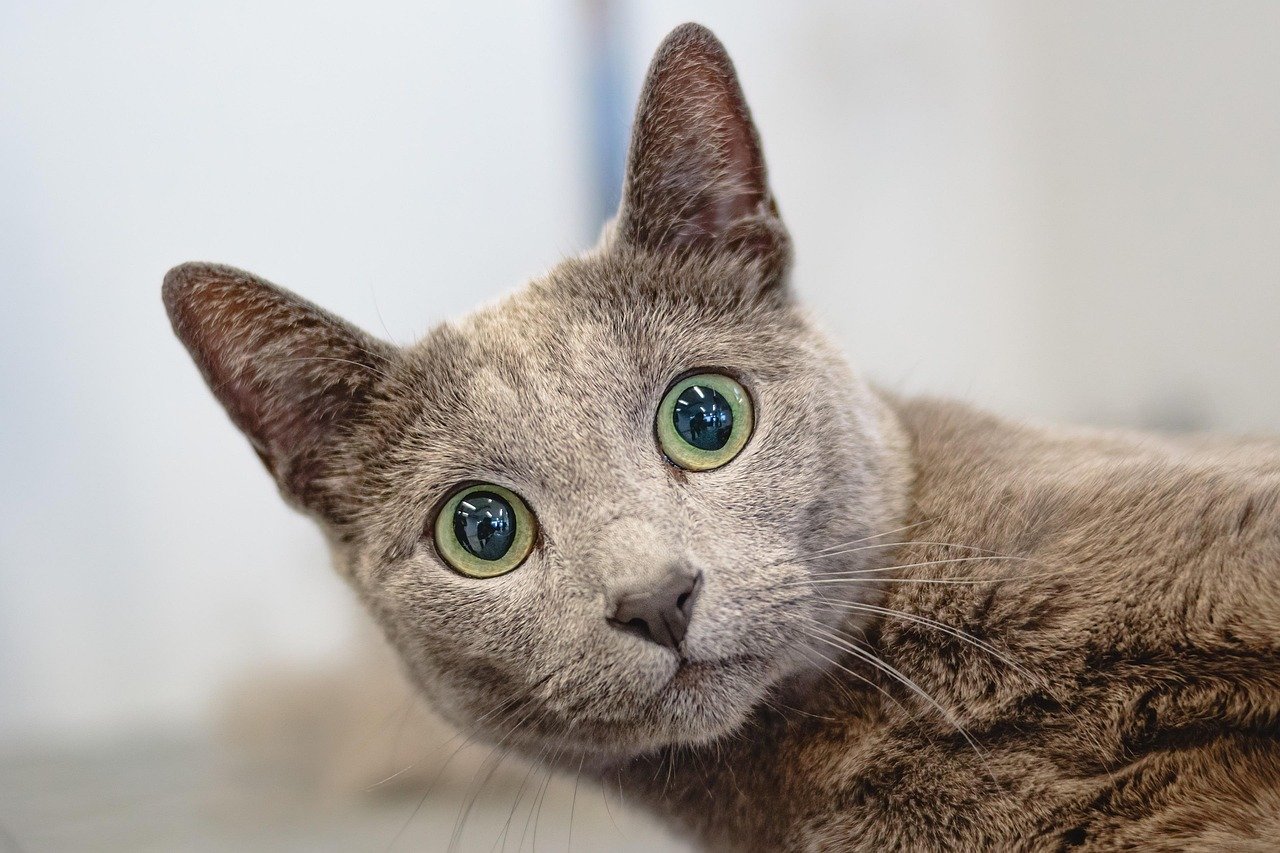
While cats are proficient groomers, they can benefit from some assistance from their owners. Regular brushing can help reduce shedding, prevent matting, and promote a healthy coat. Investing in the right grooming tools, such as slicker brushes or grooming gloves, can make the grooming process enjoyable for both the cat and the owner. Regular grooming sessions can also strengthen the bond between you and your feline friend. It’s a shared experience, much like a parent brushing a child’s hair, filled with love and care.
In conclusion, understanding the grooming habits of cats goes beyond mere observation; it offers valuable insights into their health, emotions, and social dynamics. By recognizing these little-known grooming behaviors, cat enthusiasts can enhance their care and deepen their connection with their furry companions. Whether it’s through mutual grooming or recognizing changes in grooming patterns, being attuned to your cat’s needs can lead to a happier, healthier life for both of you.
Hi, I’m Bola, a passionate writer and creative strategist with a knack for crafting compelling content that educates, inspires, and connects. Over the years, I’ve honed my skills across various writing fields, including content creation, copywriting, online course development, and video scriptwriting.
When I’m not at my desk, you’ll find me exploring new ideas, reading books, or brainstorming creative ways to solve challenges. I believe that words have the power to transform, and I’m here to help you leverage that power for success.
Thanks for stopping by, Keep coming to this website to checkout new articles form me. You’d always love it!





